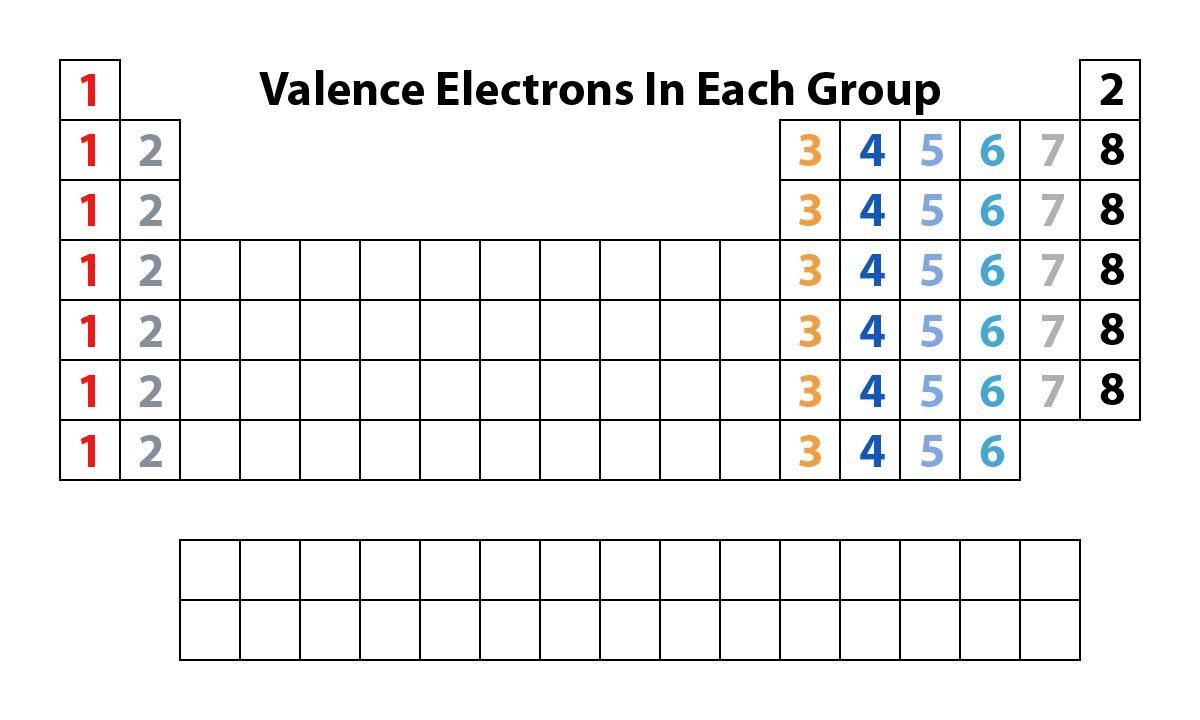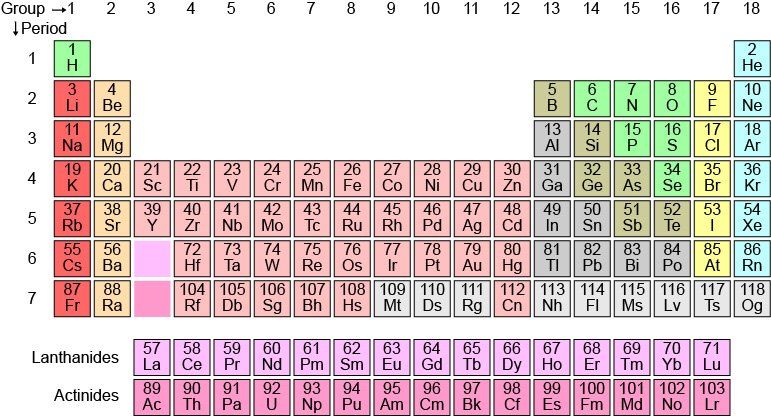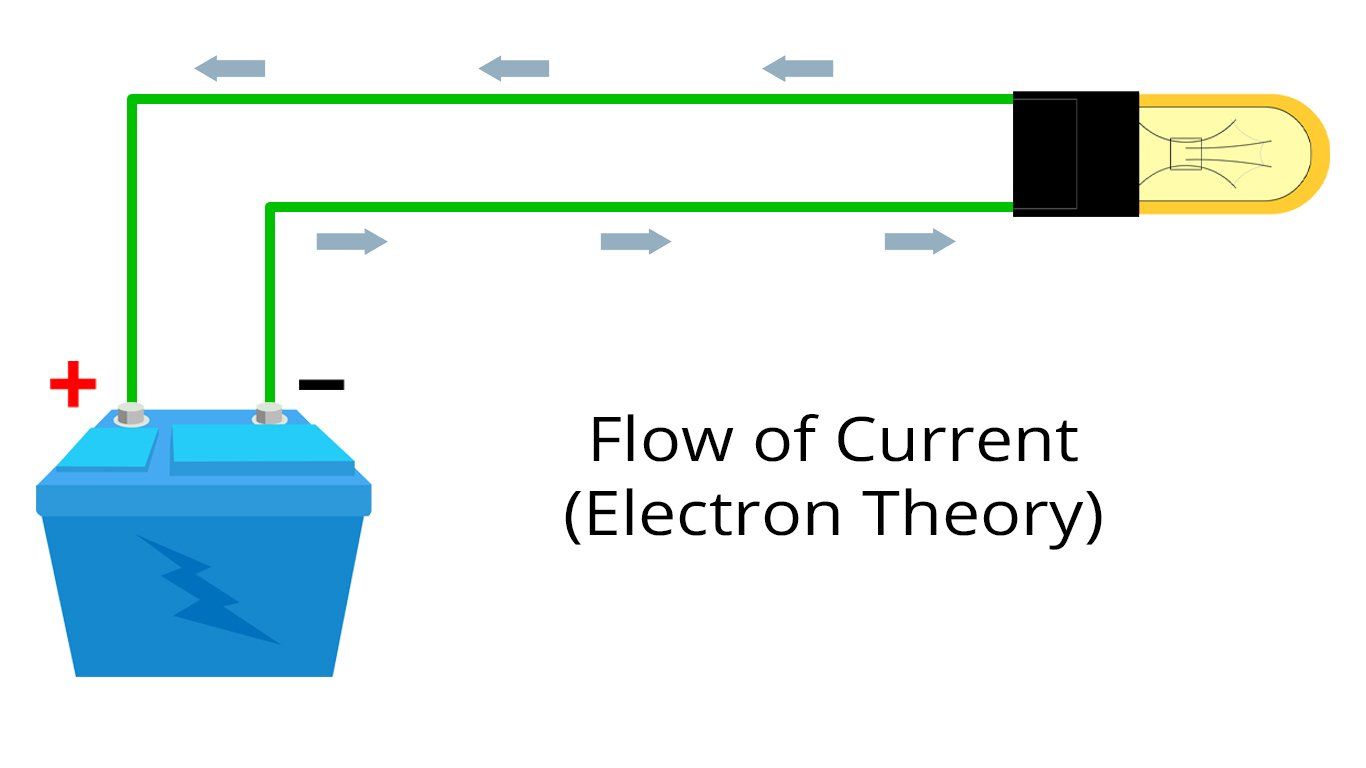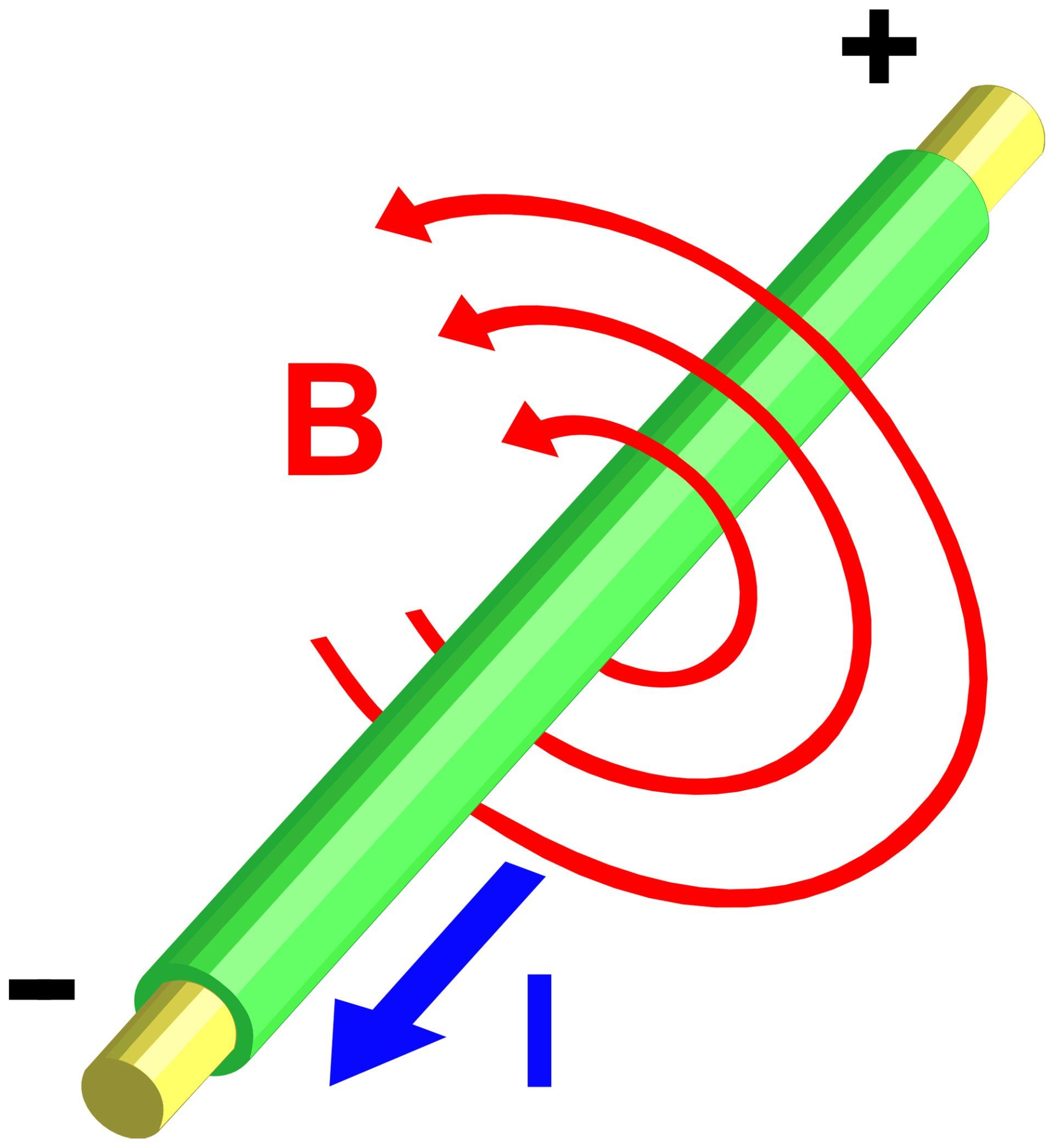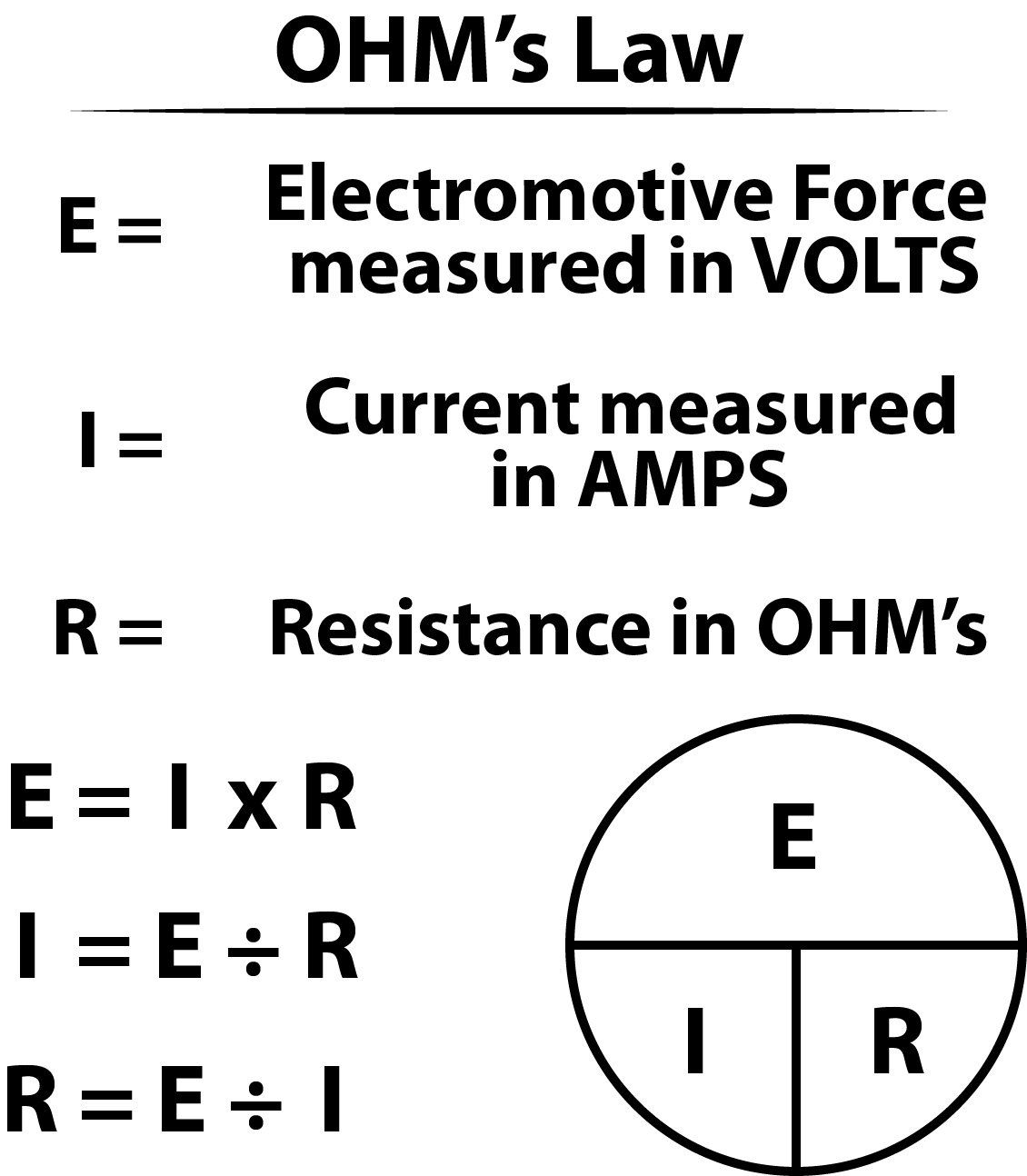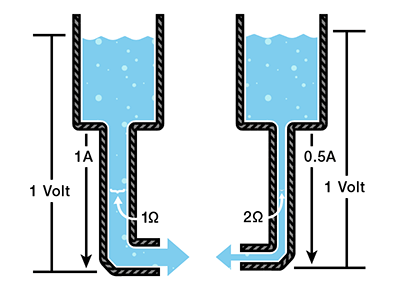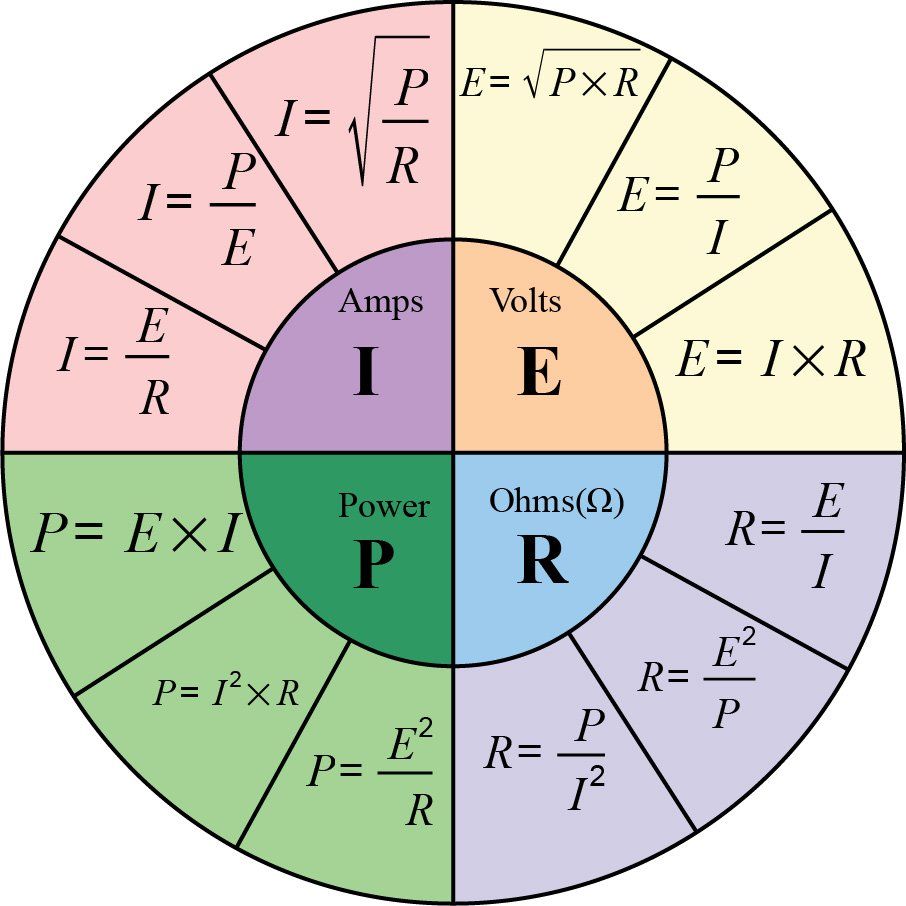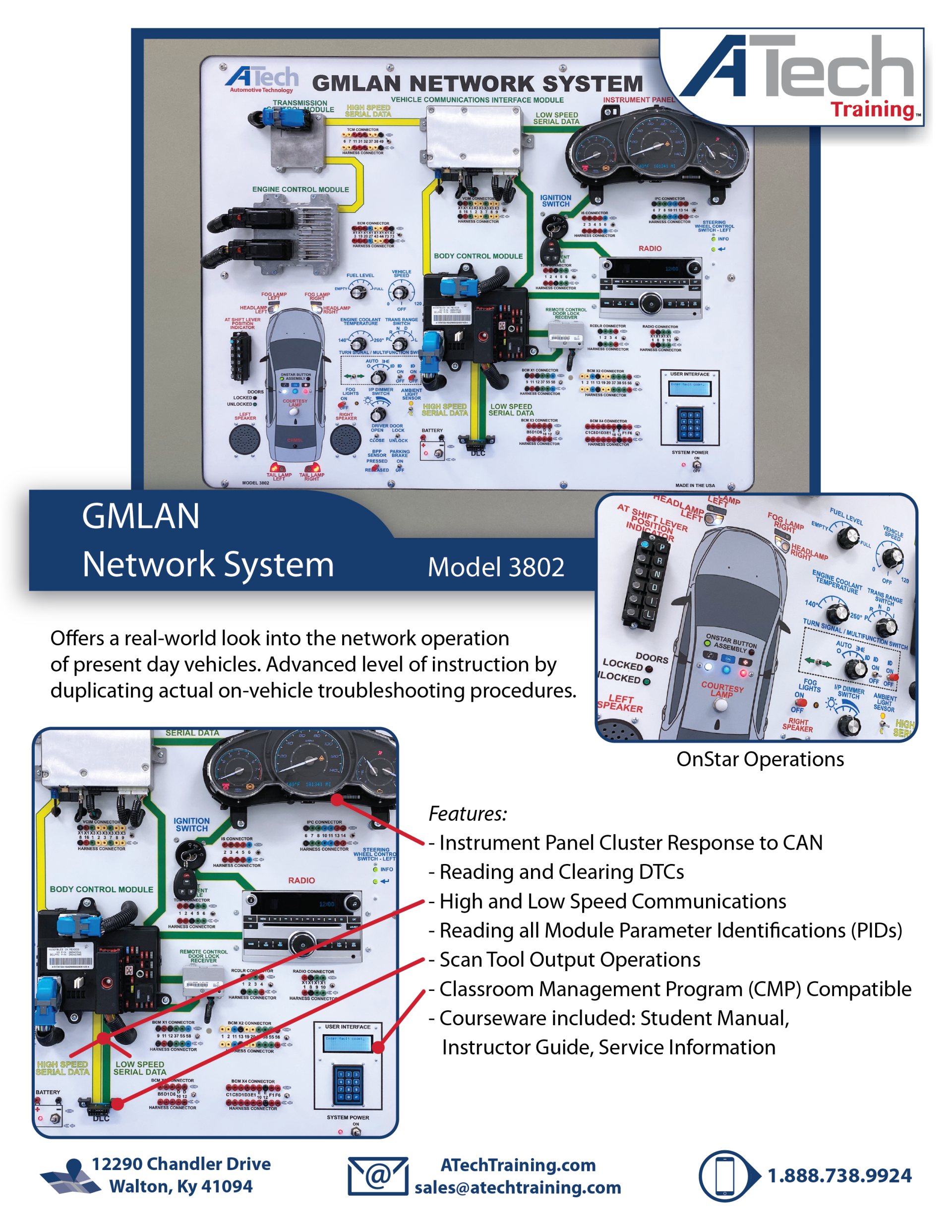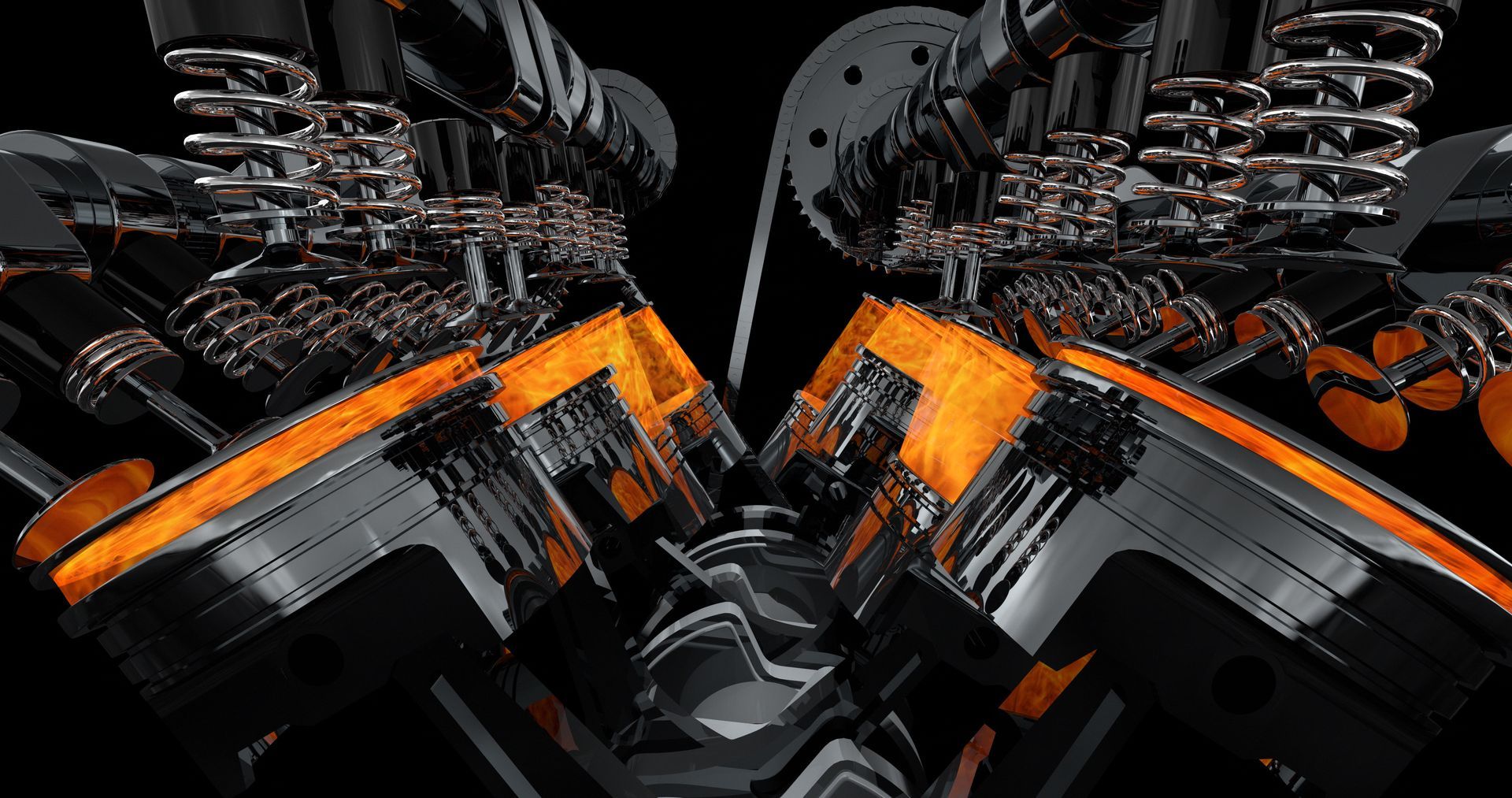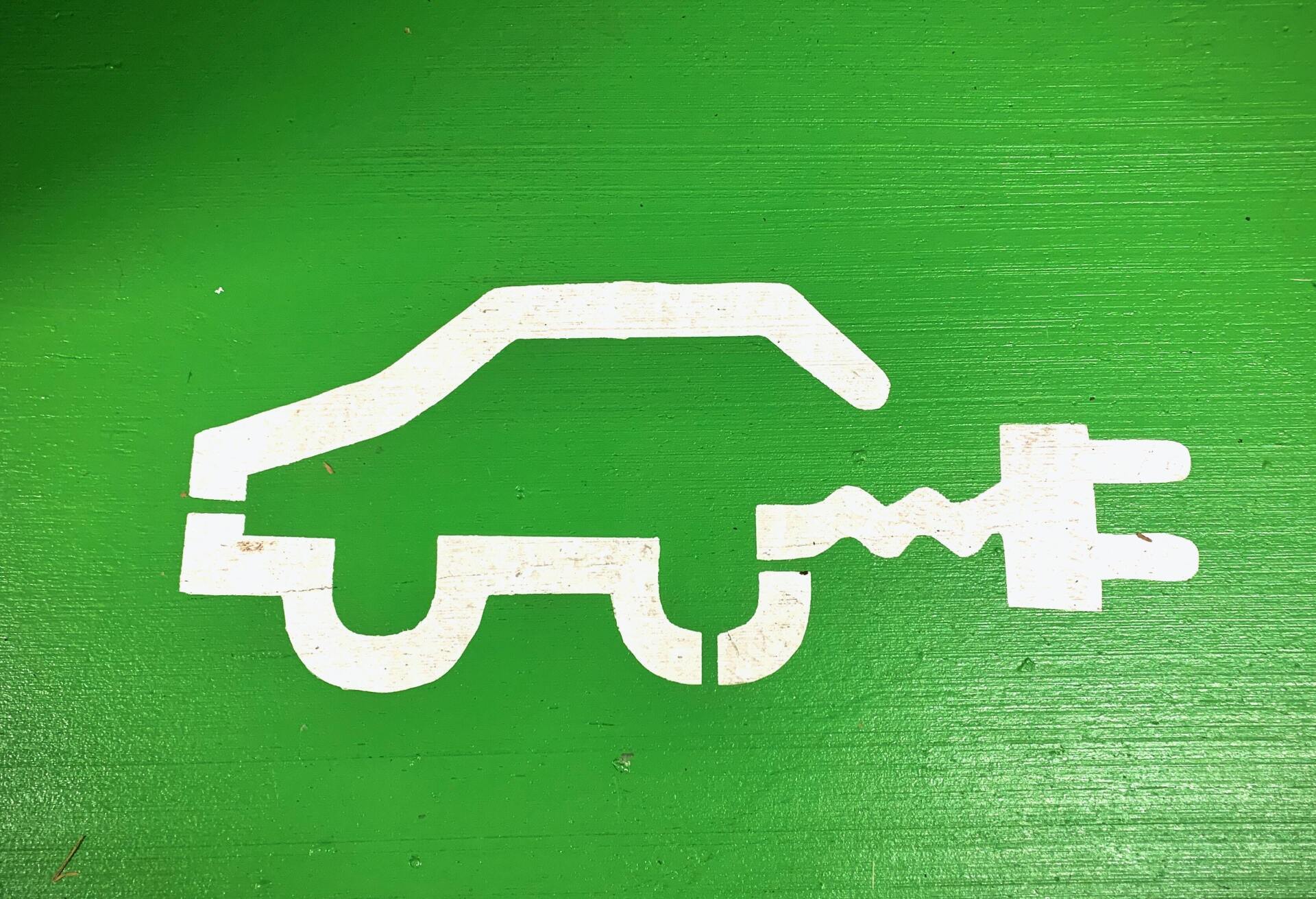Laws and rules governing electronics, electricity, and their associated circuitry.
There are a lot of laws and rules governing electronics, electricity, and their associated circuitry. These laws hold mostly true throughout electronics and electricity. Some are quite obvious, some not so much, but all are interesting. Here are some examples to just get things started.
- Elements with less than four valence electrons are good conductors.
- Elements with more than four valence electrons are good insulators.
- Elements with exactly four valence electrons are semi-conductors.
Note: Valence electrons are the free electrons in the outer shell of an atom. These “Free” electrons can be induced to jump from one atom to another in elements with less than four valence electrons, thus creating current.
The periodic table groups the elements together according to their count of valence or “free” electrons.
- Current is the flow of electrons through a conductor.
- Current is measured in amps.
- One ampere equals 6.28 quintillion electrons per second.
(A quintillion is 10^18 or one billion billion. 1,000,000,000,000,000,000.)
- Current is the amount or volume of electricity in a circuit.
- Electron Flow theory states that the flow of electrons is from negative to positive.
- Electric current creates a magnetic field around the wire.
- Magnetic lines have direction and will change direction if current flow changes direction.
- As current increases the field strengthens.
- Voltage is the force that causes current to flow through an electrical conductor.
- Voltage is often referred to as the potential or electromotive force and is measured in volts.
- Voltage can be generated mechanically or chemically.
- Resistance is the opposition to the flow of electrical current in a circuit.
- Resistance is measured in Ohms.
- All conductors offer some type of resistance to the flow of current.
- There are 3 parts to the basic circuit, a power source, a load, and a ground.
- One ohm is the resistance that will allow one amp to flow at one volt.
When talking about the basics of electronic circuitry it can be said that the power supply pushes electrical charges around a circuit in the same way that a pump pushes water in a fountain. The power supply doesn’t supply current to the circuit, it only supplies the energy to move the electrons, just as a pump does not supply water, only the pressure to make the water flow. Another water analogy describes this using water tanks. One tank with a small hole and another with a larger hole. The water representing the voltage, the hole representing the resistance, and the water flowing out of the tank as the current. When the water level is the same, the flow of water from the tank with the larger hole will be greater due to the lower resistance to water flow. The tank with the smaller hole will have less water flow due to the greater resistance to water flow. If you increase the water level in the tank with the smaller hole the pressure will increase due to the weight of the water and the water flowing will increase proportionately.
NOTE:
The individual elements of a circuit are connected so that current flows through them beginning at the power supply’s positive terminal (flow of current - conventional theory), and ending at the power supply’s negative terminal (like the water in the fountain makes a loop). That is why the flow of electricity
through
something is called a completed circuit and the individual components placed in the path of the flowing electricity are called circuitry.
Using what we have learned so far about Ohm’s Law we can easily deduce the missing parameters of simple series circuits. Parallel circuits have multiple branches of electrical flow, and electricity, like water, will always follow the path of least resistance. When troubleshooting parallel circuits it is always best to break the circuit down into the fewest possible paths, but Ohm’s Law will still hold true.
Let's use the formulas from the Ohm's Law chart above:
If you have a constant voltage output from a power source (say a car battery) and you know that the power window motor has an internal resistance of 3 Ohms, it is easy to deduce that the current the motor draws is going to be about 4 amps. The voltage divided by the resistance will give the answer.
Assume you have a trunk release that keeps blowing fuses and the fuse is rated at 6 Amps. You can see that as the resistance of the circuit has fallen below a certain threshold the current required to activate the solenoid has gone up proportionately. So, if you divide E (voltage) by I (current) you should have about 2 Ohms of resistance in the circuit. Something in the circuit has had its resistance lowered by being shorted to another circuit or possibly to ground. If you take some measurements and see that things are not as they should be you can then start troubleshooting the circuit for shorts, or any combination of things, but remember that Ohm’s Law will always hold true to help you find the answer.
If we look a little deeper we can see that the three elements of Ohm’s Law (Voltage, Resistance, and Current) are easily defined, but there is a fourth element that can be added to aid in the understanding of electrical and electronic circuitry. The fourth element is Power. Unlike the other three, Power is not an independent component of electrical circuits, but rather it is a measure of how much energy is used to perform the work (light a bulb, turn a motor, etc.) over a set period of time. The unit of measure for Power is the
Watt, which is defined as using one Joule of Energy per Second. It was explained to me in this way:
- Voltage is
APPLIED
- Resistance EXISTS
- Current is RESULTANT (and then)
- Power is CONSUMED
What this means is that Power (i.e. WATTAGE) is a measure of how much electricity is used up as a circuit operates. The primary formula for power is P = I x E. This pie chart shows all of the different ways to deduce power along with the standard Ohm’s Law formulas. So, if you have unanswered questions regarding your electronic circuit and you know two of the elements, you can easily find the other two. So go out there and make Georg Ohm and James Prescott Joule proud.
Jeff Bogue, Product Representative
Download PDF


